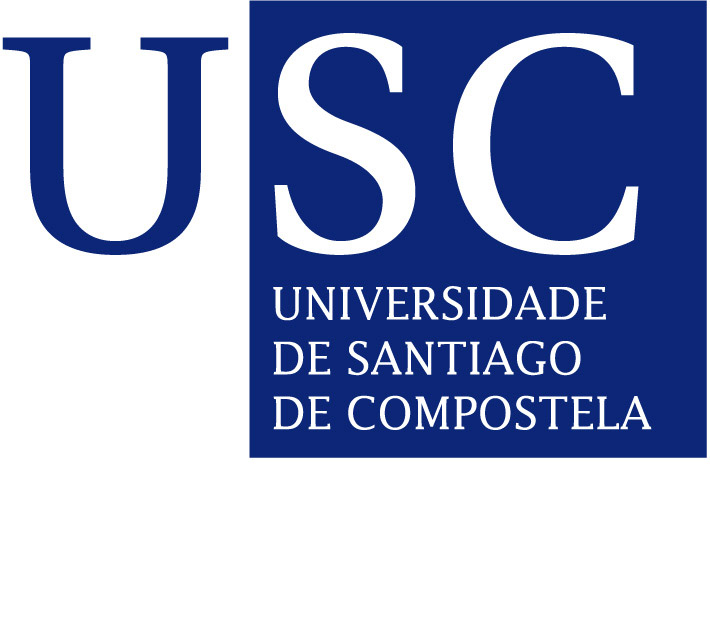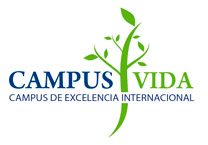Lecture: «Exciting Molecules Once at a Time: A physicist View of Molecular Science»

CiQUS Seminar Room - 12:15h
Scanning tunneling microscopy is an unique method to visualize surfaces, and individual atoms and molecules. It allows also manipulation of one molecule at a time. Tunneling electrons injected from a sharp tip are the fundamental element in scanning tunneling microscopy. By tuning their energy they allow us to additional ly perform high resolution spectroscopy resolved at the nanometer scale. In this seminar, several works in the field of nanoscale molecular physics at surfaces, studied with tunneling microscopy and spectroscopy will be reviewed
In this research group, one of the main interests is detection and manipulation of the magnetism of molecular species. One of the most curious findings is the charge transfer compound TTF-TCNQ, which on the surface of a metal transfers one full electron, converting TCNQ in a paramagnetic anion. The magnetic properties can be inherited by transition metal atoms embedded in the molecular species. Spectroscopy measurements reveal the spin state of the atom in the molecule and also information about their local environment.
Finally, Pascual will also describe current studies about molecular reaction induced on the surface of the metal: the so-called “on-surface synthesis”. In this field, the group explored several reactions, ranging from intra-molecular transformations to the formation of graphene nanoribbons
About the speaker
Nacho Pascual holds a PhD in Physical Sciences obtained in 1998 from the Universidad Autónoma de Madrid, Department of Condensed Matter Physics. His various research topics expanded in the field of electronic transport through atoms and molecules. In 1999, he moved to Berlin, to the Fritz-Haber Institute der Max-Planck Gesselschaft, hosting there a Marie Curie Fellowship and contributing to developing the field of single-molecule vibrational spectroscopy with STM. After a short stay in Barcelona, at the Institut de Ciencia de Materiales (ICMAB-CSIC), hosting a Ramon y Cajal Fellowship, he moved back to Berlin, to the Free University, first (2004) as a Junior Professor and posteriorly (2008) tenured as full Professor. There, he expanded his research in the field of Molecular Physics at Surfaces, dealing with various molecular-scale phenomena ranging from molecular switches and charge transfer processes, to magnetism and superconductivity. In 2012, he joined CIC nanoGUNE at San Sebastian (Basque Country), where he currently leads a basic research group aiming at resolving quantum-phenomena in new materials


